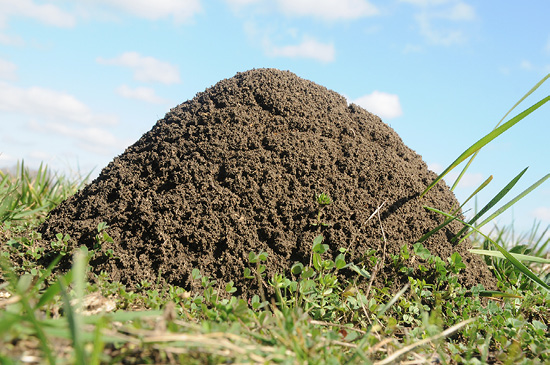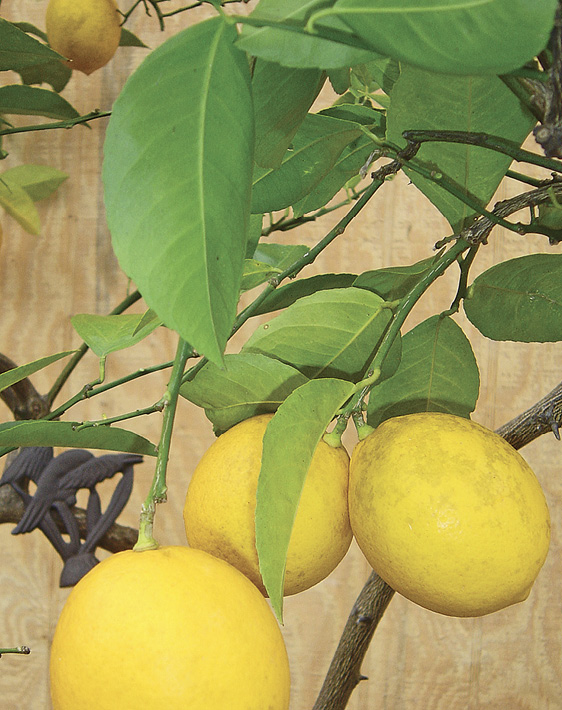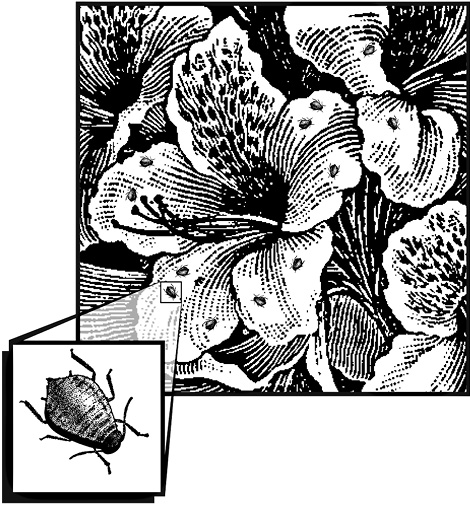insect control
Whether on golf courses, athletic fields, sod farms, or as part of the landscape, turfgrass is subject to attack by a number of different insect pests. Professional turf managers must be familiar with these pests to avoid damage and maintain high-quality stands of grass. In addition to being able to identify the insects, it is important to understand their biology, know how to scout for them, understand the different management options that are available, and be familiar with the insecticides that control them.

Bed bugs are small, flat, oval-shaped, wingless insects that feed on the blood of warm-blooded animals such as humans, bats, birds, and pets. The common bed bug, Cimex lectularius, has been associated with humans for thousands of years. The word Cimex is derived from the Roman designation for bug, and lectularius from the Latin name for couch or bed.
The home lawn and turf areas surrounding churches, parks, and office buildings do more than just serve as pleasant green backdrops. The grass plants that make up the lawns serve as miniature air-conditioners and pollution-abatement centers.

Growing citrus in containers is not a new trend. Europeans grew citrus in beautiful and exotic orangeries in the 17th century. The most famous, L’orangerie du château de Versailles, was built for Louis XIV from 1684 to 1686.
Fire ants thrive in Mississippi pastures and hayfields because these habitats are similar to the pampas in their native lands of Brazil and Argentina. It is no fun to haul hay bales from a fire ant-infested field, and the mounds can interfere with mowing and even damage equipment.
Although several species of ants will invade homes in Mississippi, Argentine ants and odorous house ants are, by far, the two most commonly encountered species. Both are primarily outdoor species that go largely unnoticed by homeowners until they invade homes and begin raiding pantry shelves.

A number of insects, ticks, and mites attack poultry either by sucking blood or by feeding on the skin, feathers, or scales on the skin. Mites and lice are the most destructive external parasites of the state’s poultry. Occasionally, other pests, such as fleas and bed bugs, infest poultry and cause problems. Recently, there have been increased reports of bed bugs in chicken houses, especially boiler-breeder houses.
Peaches, nectarines, and plums, all members of the Prunus genus, grow well throughout Mississippi if late spring frosts or freezes do not damage blooms or young fruit. Spring freezes or frosts during or after bloom are often the limiting factor for peach, nectarine, and plum production. Several factors affect the potential for spring freeze damage.
